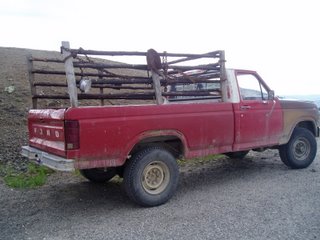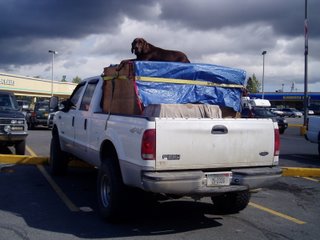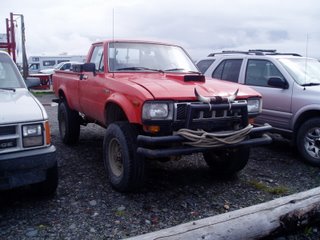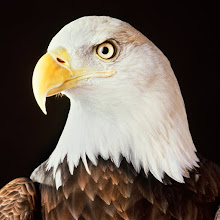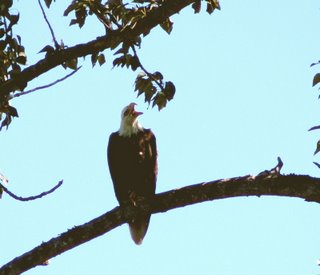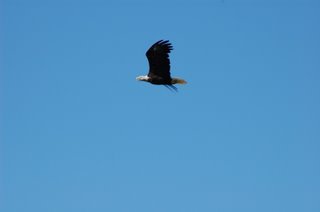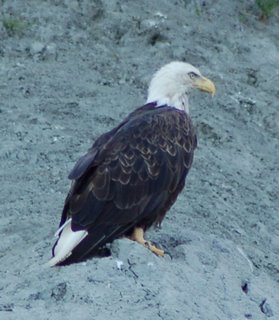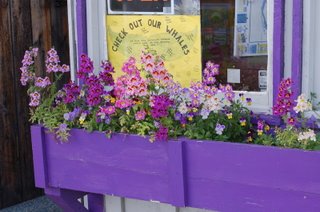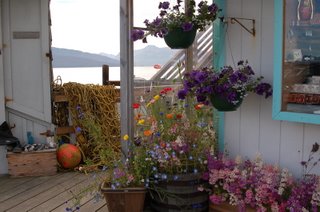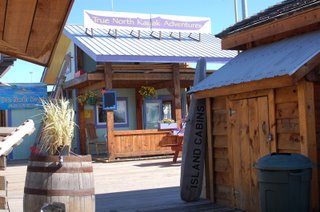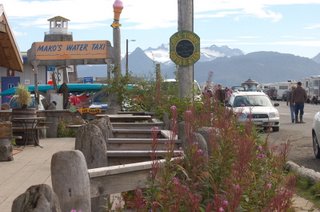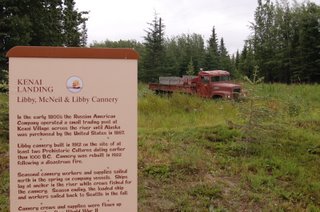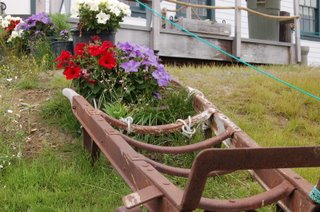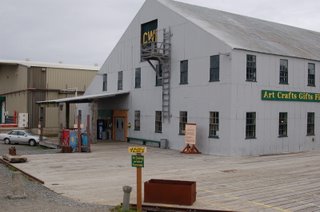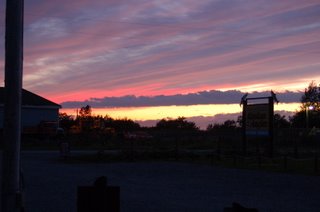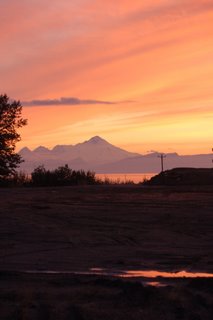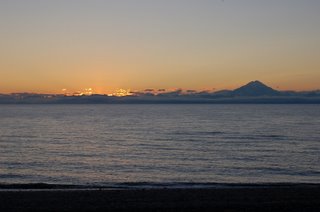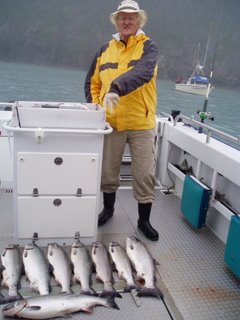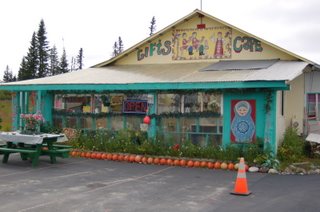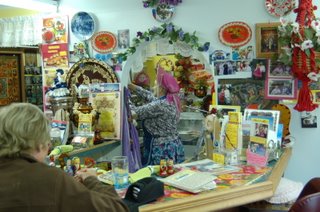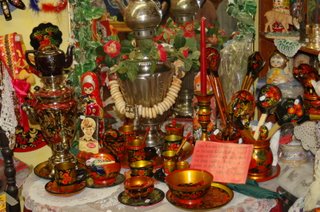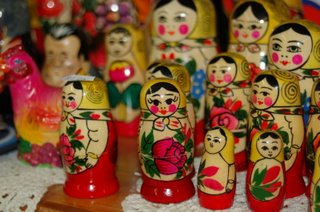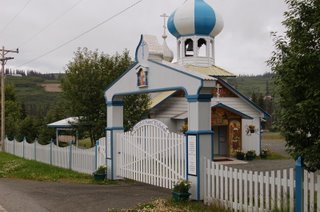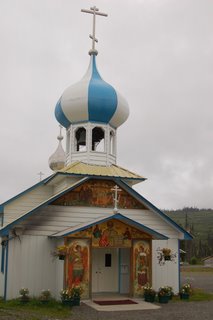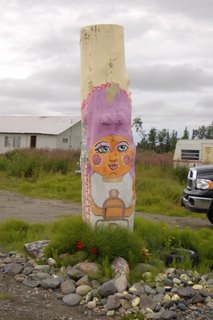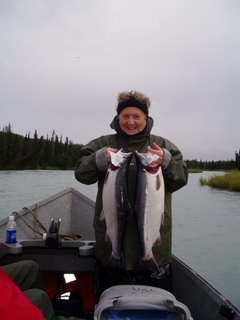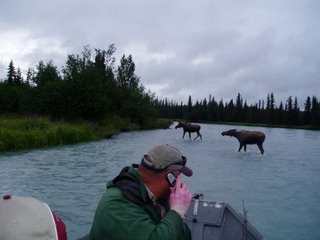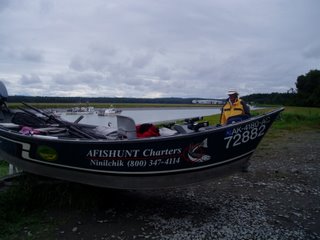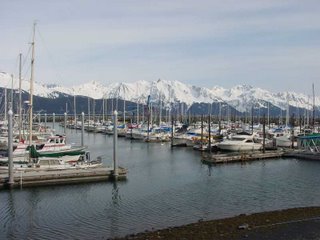
Picturesque Seward is a small community between high mountain ranges on Resurrection Bay.
Resurrection Bay is well known for sport fishing , kayaking and glacier cruises. Coho (silver) salmon, king salmon, halibut and cod are caught in this area.
Historically Seward was an important transportation hub for Alaska's mining, exploration, fishing and trapping industries. The Iditarod Trail was surveyed in 1920 as a mail route between Seward and Nome. The 938 mile long trail-now a National Historic Trail-is probably best known for The Iditarod Trail Sled Dog Race that is run each March between Anchorage and Nome, but the trail starts in Seward.
The city was named for the US Secretary of State William H. Seward, who was instrumental in arranging the purchase of Alaska from Russia in 1867.
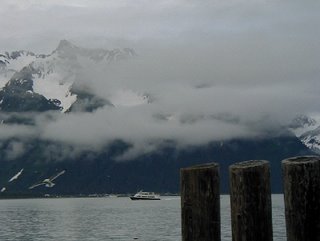
Resurrection Bay, a year-round ice free harbour, made Seward an important harbour and fishing port as well as a strategic military post during WW ll. This bay was named in 1791 by a Russian fur trader and explorer who found unexpected shelter here from a storm and named the bay Resurrection because it was the Russian Sunday of Resurrection (Easter).
We visited Seward to go on a silver salmon charter.

Friends of Israel.
